The Article
FANCY A SANDWICH? THE LEAK 150
6th June 2024
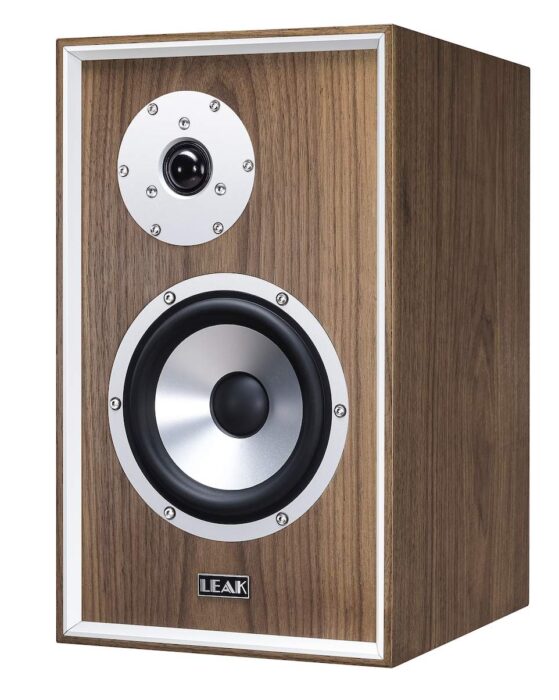
A retro-designed, 2-way stand-mounted speaker? Paul Rigby hopes the Leak 150 will see him through to dinner time
So apart from being the millionth reviewer to attach a bread-based pun to these speakers, what do we have here?
We have a decidedly retro-based design that harks back to the 1960s and the original, innovative and rather startling designs or yore.

Sixty-three years ago, Leak were on the cutting edge of driver design. They tackled the, at the time, common problem of floppy driver problems with an innovation called the Sandwich. A new driver concept design to improve the overall stiffness of the driver itself.
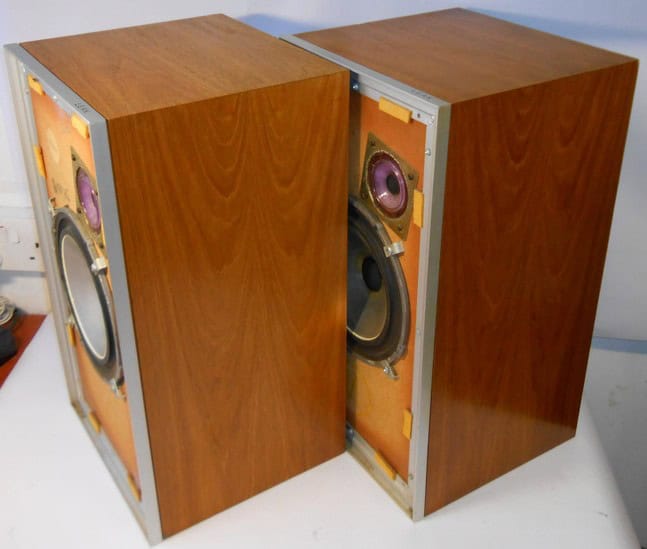
The Sandwich name itself derives from the original use of aluminium foil – two sheets of that stuff – and expanded polystyrene foam (still a pretty advanced material back then).
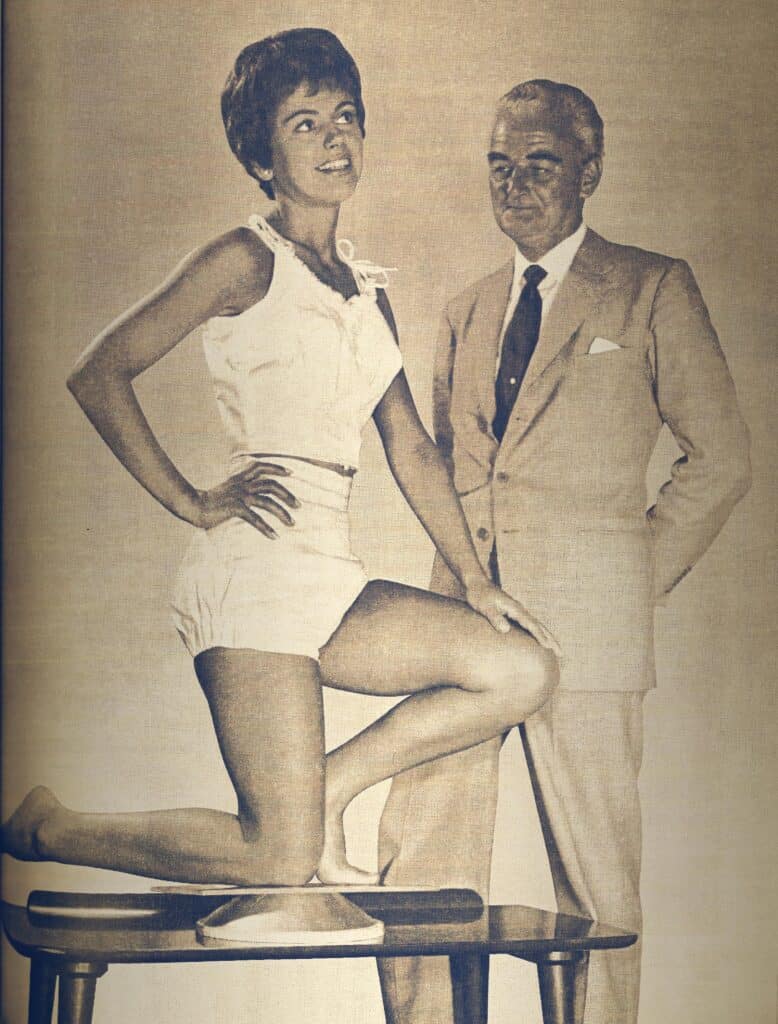
Combining that lot produced a pretty stiff yet light material. When manufactured by Leak it also proved to be pretty strong. But that wasn’t the only innovation, Leak also included various cabinet bracing techniques to stiffen the cabinet, techniques later copied by many other companies.
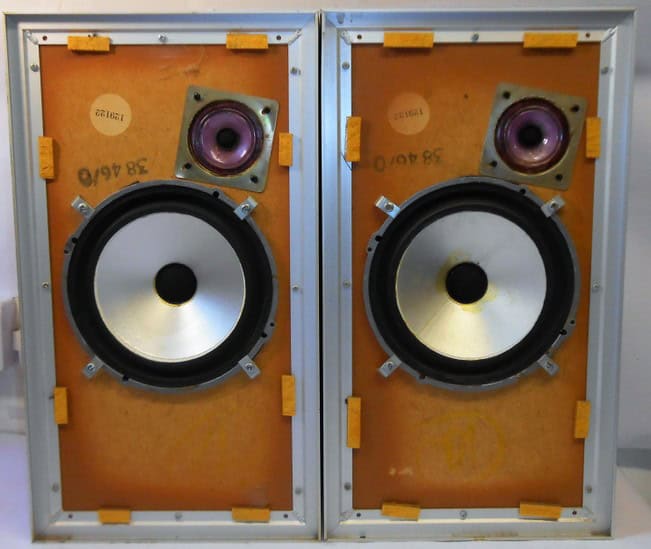
Leak is celebrating those earlier innovations with the release of the larger 250 model and this, the small 150 design, priced at £999.
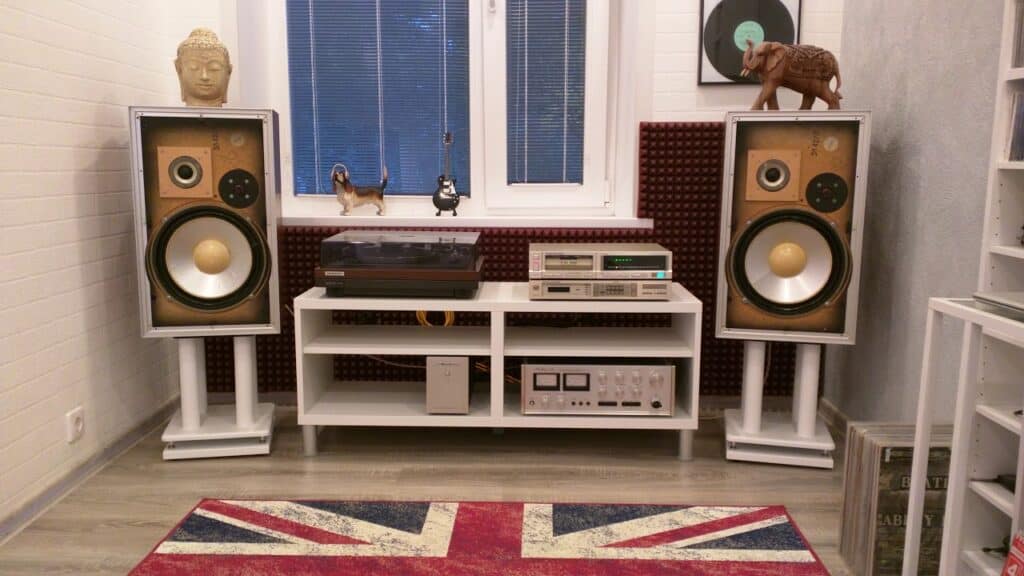
It uses a modern take on the Sandwich design ethos using a stiff aluminium skin to retain that link to the past while the centre bit is PMI, a structural foam. So again, the heart the design has been retained for 2024.
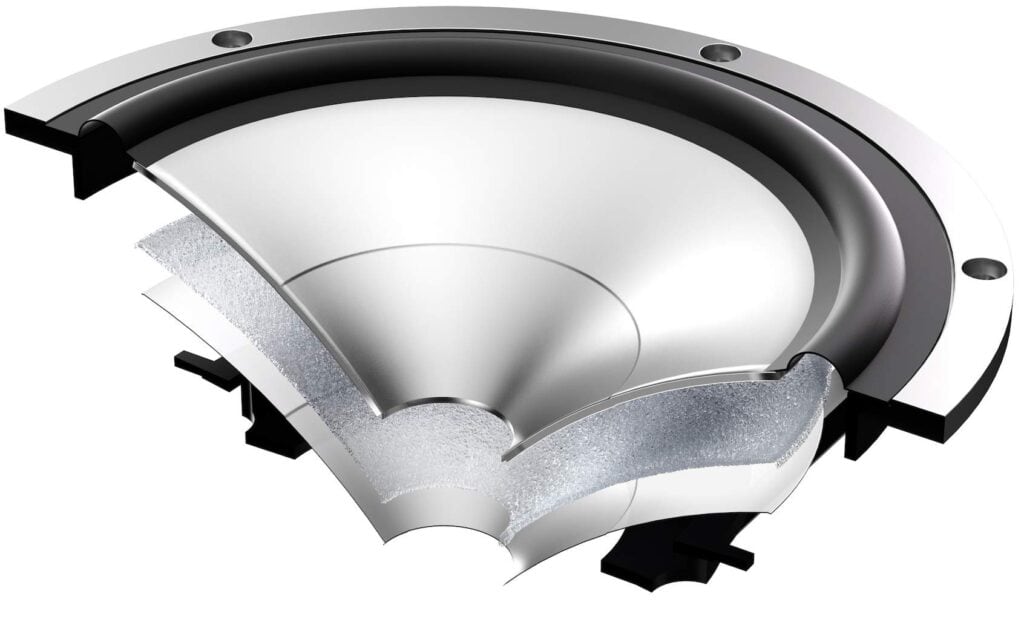
Interestingly, the 150 uses a relatively large 30mm domed, textile tweeter that’s almost 1.2”. It includes a damped rear chamber, isolating it from the rest of the speaker. According to the manufacturer, the treble unit has been tweaked to work well with the crossover so the upper and lower frequencies slot easily into one another. Speaking of which, the mid/bass unit spans 170mm, that’s just under 7”.
Although rated at 6 Ohms, these speakers can be easily run by most amplifiers. You will need an amp pushing out around 25W or more for the 150s.
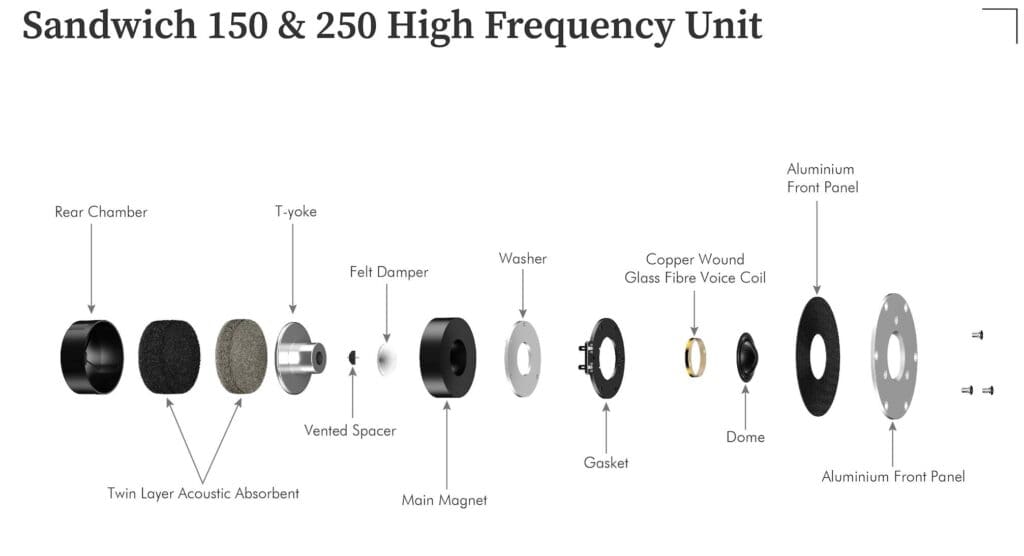
The driver design all harks back to days gone by with its mirrored, offset drivers.
Cabinets arrive with MDF as an outer layer and particle board on the inside with a damping glue substance bonding the pair together. Spot bracing adds cabinet strength. And those cabinets are relatively large at 415 x 250 x 290mm.
PREPARATION
To support the Leak 150 speakers during the sound set, I selected a pair of HiFi Racks speaker stands – and from what I am hearing RIP to that company – and I added a set of Stack Audio AUVA 80 feet underneath too producing a low noise and neutral sonic base for all of these speakers to work from. Check out the link if you want to se a review of the feet.
SOUND QUALITY
To begin the test I began with the relatively obscure prog band, Fruup, who had a reputation of sounding like early Genesis and their relatively rare 2005 reissue on Earmark of an even rarer original, their fourth album, Modern Masquerades. And the first track, Misty Morning Way.

What you have here is a blend of pastoral and full-on rock, with lead vocal, backing harmonies, electric and acoustics guitars, drums, bass, synth work with some delicate work on the cymbals and guitar providing a contrast.
Vs MARTIN LOGAN 15i SPEAKERS
To begin the test, I roped in a pair of Martin Logan 15i speakers which, when initially released, retailed for some around £800, a tad less perhaps. So similar-ish in price terms. The 15i speakers feature a Folded-Motion tweeter which is their ‘killer app’, their headline feature. That’s where the money has been spent, you might say. So even if the Leak 150s sound better overall – and we’ll see about that – I really don’t believe that they their domed tweeters will improve over the Folded-Motion variety. Every dome tweeter-based speaker I put next to the 15i FMTs tend to fall over. So, no expectations here. The idea of this test is just to see how close the Leaks get to the 15i speakers on tweeter terms.
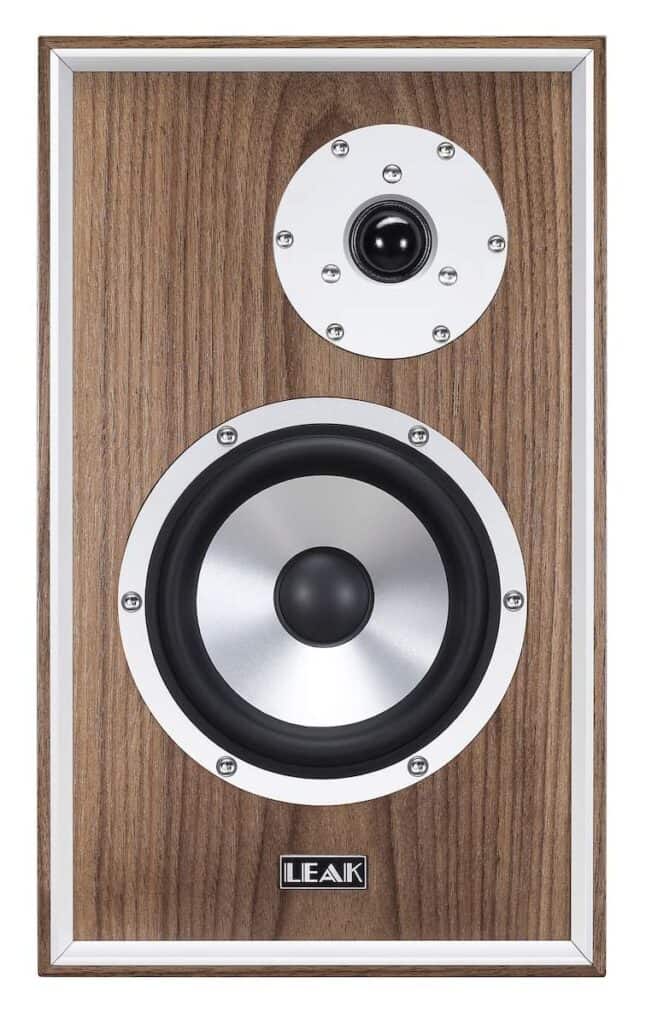
As for that test? Yes, the Folded Motion tweeters of the 15i speakers have the performance edge in terms of delicacy from acoustic guitars and cymbals but, even so, the tweeters from the 150s offered a very creditable response for a ‘mere’ domed unit. In fact, this large 150 tweeter sounds like it was gunning for the Folded Motion design from the Martin Logans. It sounded like the 150 tweeter was on the hunt because its been a while since I’ve heard a dome tweeter this open and dynamic.
I was impressed by the high-frequency performance from the 150s. There’s plenty of delicacy here with a lightness and an elegance from the carefully plucked strings from the acoustic guitar, especially during the early period of this track.
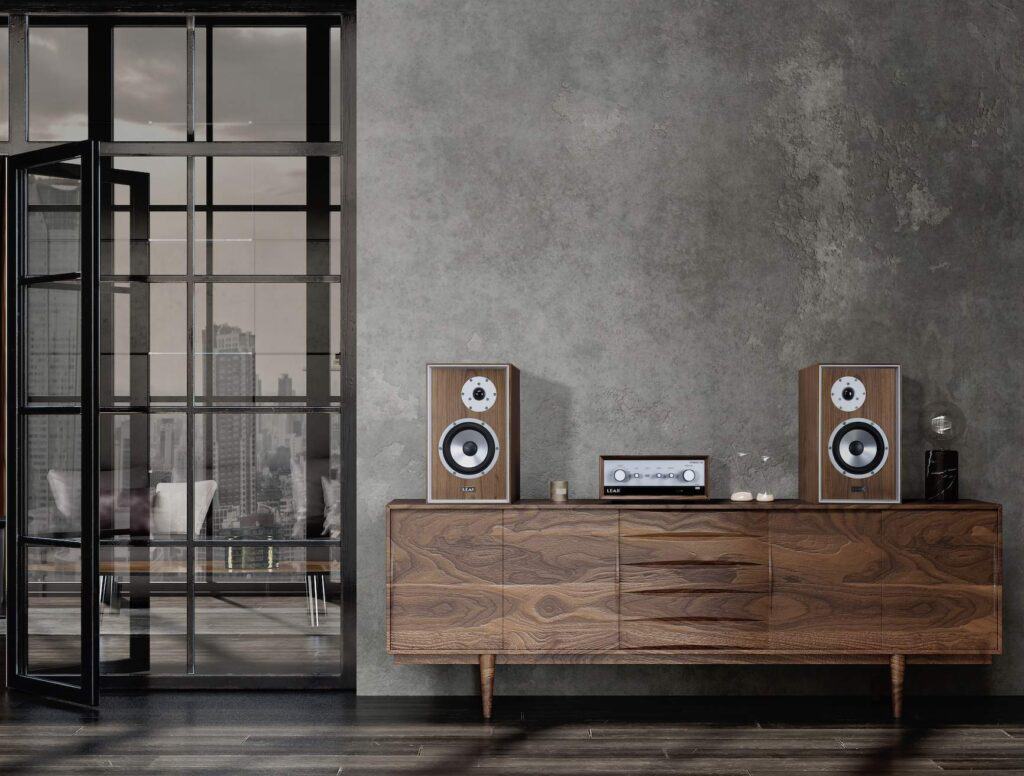
Because of that, the 150s can be unforgiving. Like the Folded Motion designs, the 150s get the most out of upper frequency performance but the price they pay is to live nearer to the edge.
At normal to loud volumes, the upper frequencies from the 150s are detailed, lively, responsive and agile. They excite, they wow, they will have you dancing around the room. I like the expansive and sweeping nature of the treble and upper mids especially from the 150s.
Alternately, if the master of the recording I’m hearing is naturally a little edgy and forward then the 150s will tell you all about it. These speakers will berate you for wasting your time listening to such sonic filth. And the Fruup LP I have here? That is not the most balanced master in the world, I have to say. It’s decent but it’s not truly neutral and the 150s do get a little stroppy at high volumes because of that. As do the Martin Logans.
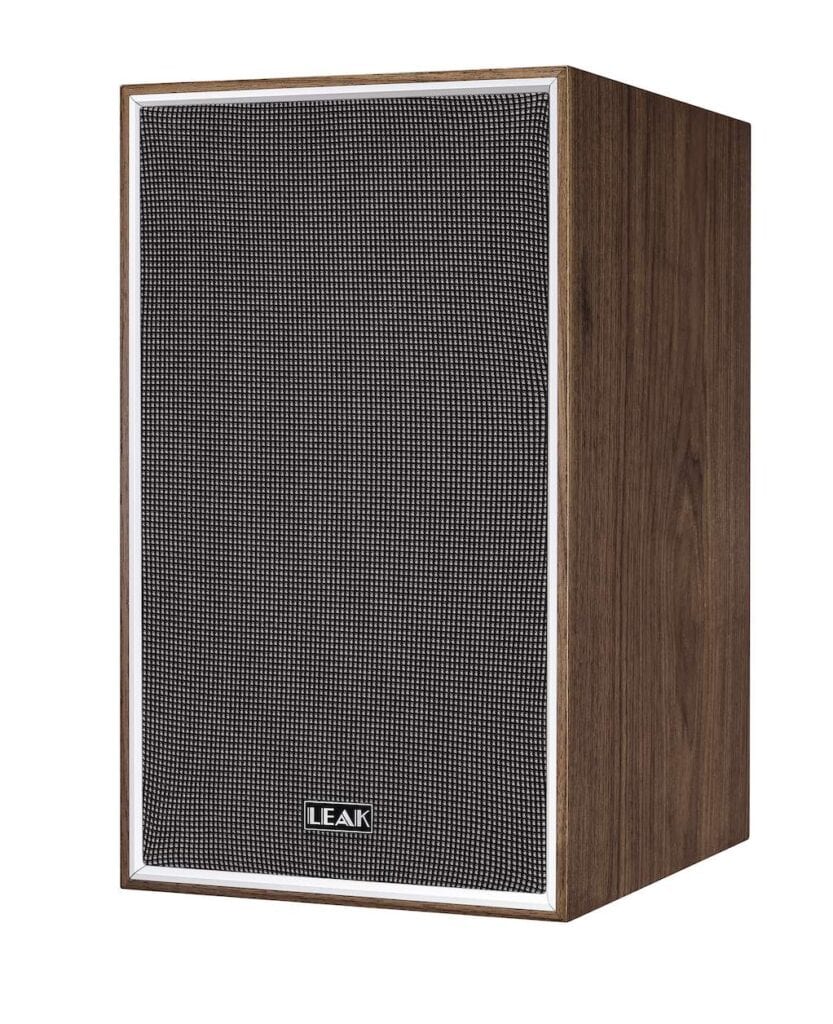
Also bear in mind that I was testing this effect with the grilles off. Strictly against the advice from the company who suggest that you keep the grills on to prevent this very effect. And yes, the grills act like those attenuators you might find on Tannoy speakers to match the drive units with your room. I am an awkward bugger though, I tend to dislike speakers with grilles on. Yes, the grilles helped to tame the tweeter at very high volumes but – for me, you might be different – it also softened the sound overall, mids and bass included. So I kept the grills firmly off.
My solution, at very high volumes were you may find a little treble edge with the grills off, was to reduce the toe-in angle, pushing the speaker sound not quite down the track, toeing in a little but not by a great deal. Keeping the the tweeter flow away from the ear, directly at those high volumes.
To repeat though, at normal listening volumes and with most LPs? I didn’t have a problem, everything was fine.
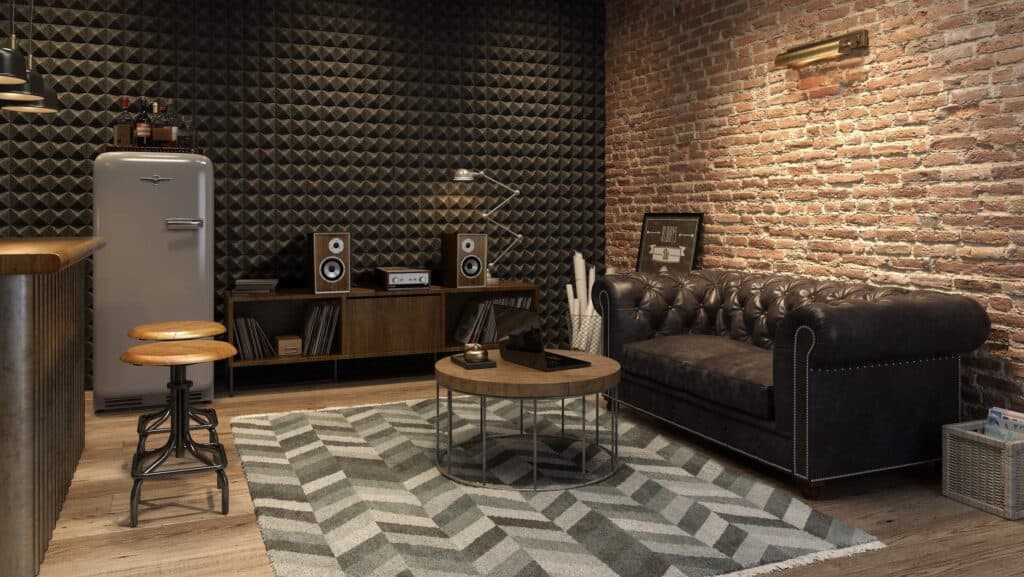
As this was a rock track, let’s not forget bass was was strong without being boomy. It never over reached, it remained in control. Bass had plenty of character too. That is, low frequencies were far from one dimensional. Tonal accuracy from the bass was excellent with plenty of tonal shades from the drums while the 150s were easily able to follow the wholly melodic bass guitar.
VS SPENDOR A1 SPEAKERS
One of my favourite speaker designs priced around the £1k mark. The A1 is priced a little over that these days but even so. Playing I Got it Bad (And That Ain’t Good) via Julie London on the Liberty label and the album, For the Night People, what really got me was how contained and sensible the A1s sounded. Correct, proper, precise. Not particular exciting yet sensible. The 150s were not sensible. They sounded rather exciting in contrast to the A1s with greater amounts air and space around the mids and a heap of clarity in those upper frequencies. Bass was solid, strong and meaty, even for a jazz track like this. That is, the upright bass here had a grounding, foundational effect to the track. Fixing it to the floor, even with all of the the air and space acting all playful overhead.
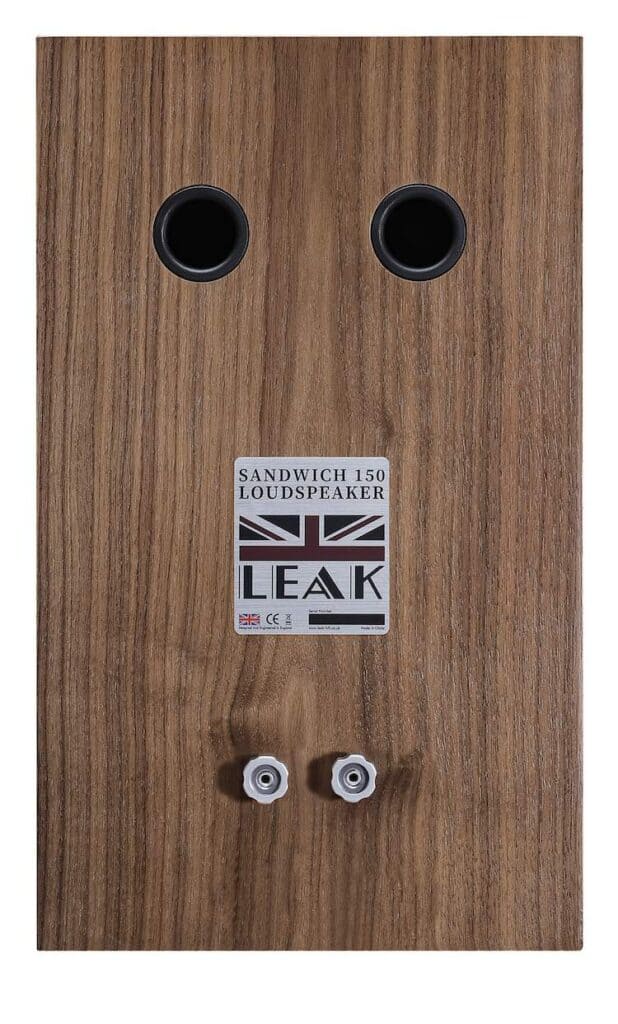
The upper frequencies from the A1 were not quite as finely tuned or as agile as the 150s hence they could be more forgiving if the master of your favourite album is a little edgy. That’s the stark difference between the A1s and the 150s. The A1s were more forgiving but the 150s provided a more vital, exciting, performance with extra clarity and transparency.
CONCLUSION
The Leak 150s push their own inherent performance envelope to the very edge. For the money, you get a lot. In physical terms, these are big, bold speakers for stand mounts. They dwarf my Spendor A1s and Martin Logan 15is, for example. These are speakers from a bolder time, a greater time, at least in HiFi terms and thoe days when bulk was best. They make a physical statement.
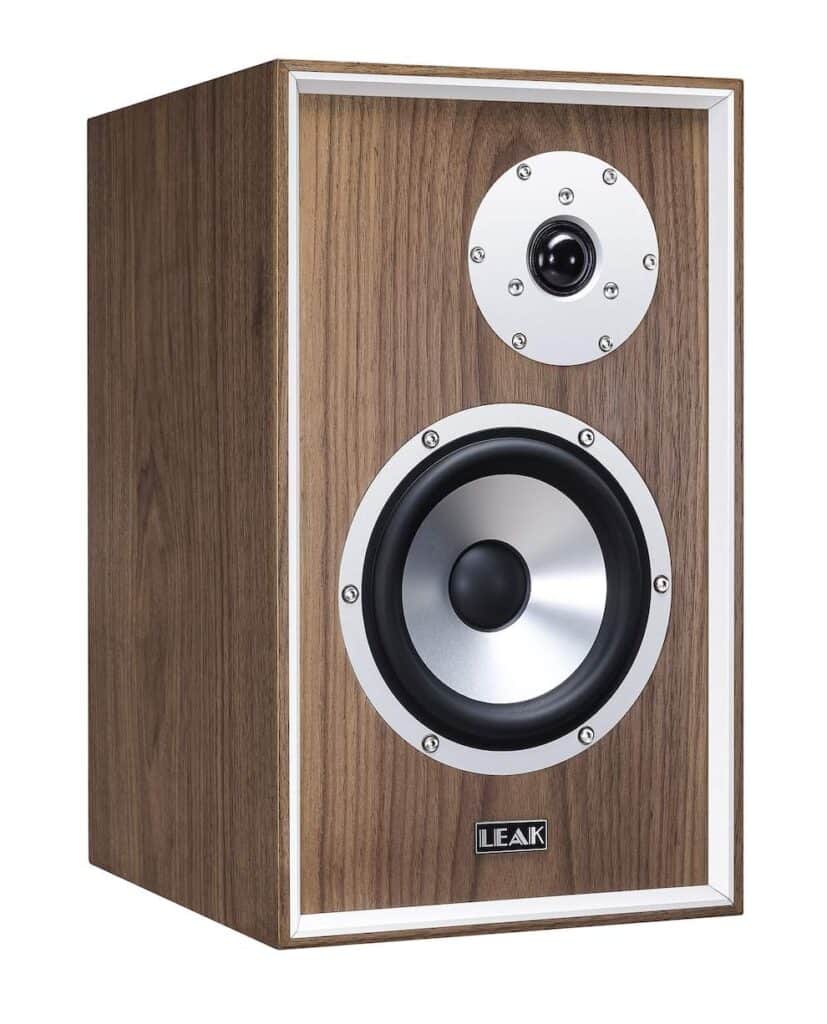
In performance terms, the upper frequencies push the envelope to the max, they give you everything they’ve got. They don’t hold back. The 150s are triers, bless ‘em, they put so much effort into what they do. Yes, that means they can over stretch at the extremes of their performance envelope but really? I’m there on the sidelines cheering them, on to be honest. And while I mention the word? I like their honesty.
Bass was also exuberant, big, bold yet controlled and focused.
In short then? One of the most exciting, rousing and dramatic speaker designs I’ve heard in some time, the Leak 150 speakers – for that price point – provide a sensational performance.
LEAK 150 STAND MOUNTED SPEAKERS
Price: £999
Website: www.leak-HiFi.co.uk
GOOD: exciting overall sound, spacious mids, clarity, meaty bass, value for money
BAD: treble peak at very high volumes
RATING: 8


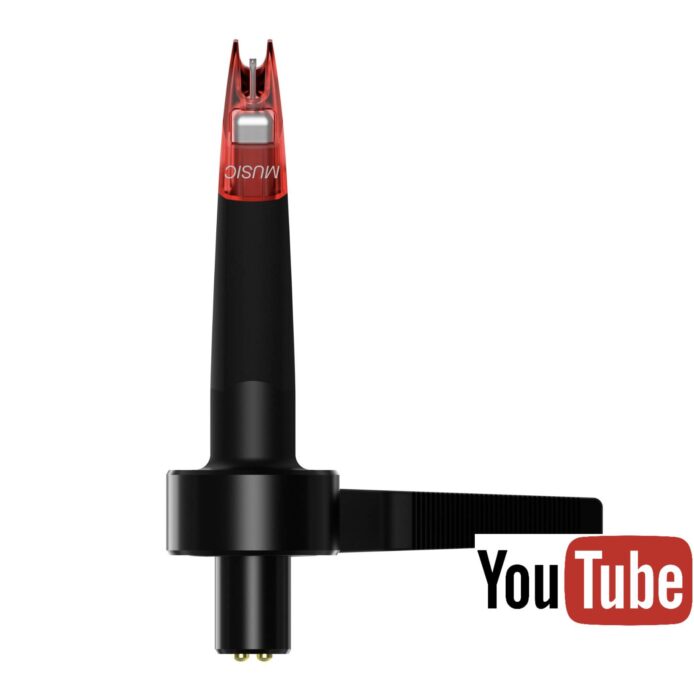

Really interesting review and loved the history. I have Leak 2060s, do they have similar characteristics. Thank you for your time.
You’re very welcome and thank you, John.